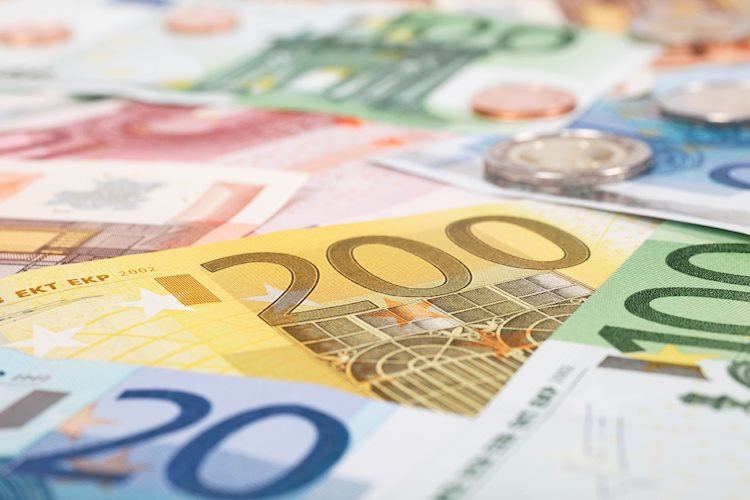EUR/USD saw a rebound on Friday, breaking a four-day losing streak. The increase in Fiber bids was fueled by the weakening Greenback amidst the broader market recovery and risk appetite, rather than any significant boost in the Euro market itself. Following a recent rate cut by the European Central Bank (ECB), the Euro remains vulnerable to further losses, with Fiber bulls waiting for the upcoming PMI figures next Thursday before making any major moves.
US housing and construction figures came in mixed on Friday, instilling a buying sentiment among investors and dispelling fears of an impending economic slowdown. The US economy seems to have avoided a “soft landing” scenario, with growth and activity metrics surpassing expectations. Retail sales figures released earlier this week also contributed to the positive outlook. Despite a modest rebound in EUR/USD, the pair remains bearish as long as it stays below key EMAs, with the recent bounce possibly facing strong resistance at the 1.0900 level. A rejection at this point could lead to a continuation of the downtrend towards the 1.0800 support level.
The Euro is the official currency for 19 European Union countries in the Eurozone, accounting for a substantial portion of global foreign exchange transactions. The European Central Bank (ECB) in Frankfurt, Germany, plays a crucial role in setting interest rates and managing monetary policy to maintain price stability. Eurozone inflation data, GDP, manufacturing and services PMIs, employment, and consumer sentiment surveys all influence the Euro’s performance. Positive economic data can strengthen the Euro, attracting foreign investments and potentially leading to interest rate hikes, while weak economic indicators can weaken the Euro.
Trade balance is another essential indicator for the Euro, measuring the difference between a country’s exports and imports. A positive trade balance strengthens a currency as it signifies high demand for exports, while a negative balance can weaken a currency. The Eurozone’s economic health relies heavily on economic data from countries such as Germany, France, Italy, and Spain. Investors closely monitor these indicators to gauge the Euro’s performance in the global market.
The Euro remains vulnerable to changes in market sentiment, economic data releases, and central bank policies. Traders and investors need to stay informed about key events and data releases that could impact the Euro’s value. The Euro’s performance against other major currencies such as the US Dollar is influenced by a combination of factors, including interest rates, economic indicators, and geopolitical developments. As the most heavily traded currency pair in the world, EUR/USD remains a key focus for forex traders looking to capitalize on market fluctuations.
In conclusion, the Euro’s outlook remains uncertain due to factors such as ECB policies, economic data releases, and global market conditions. Traders should closely monitor key indicators and events to capitalize on potential opportunities in the EUR/USD pair. Despite recent rebounds, the Euro’s bearish trend may continue if key resistance levels are not breached. With the upcoming PMI figures and ongoing economic developments, the Euro’s performance against the US Dollar will continue to garner attention from traders and investors seeking to navigate the forex market effectively.











